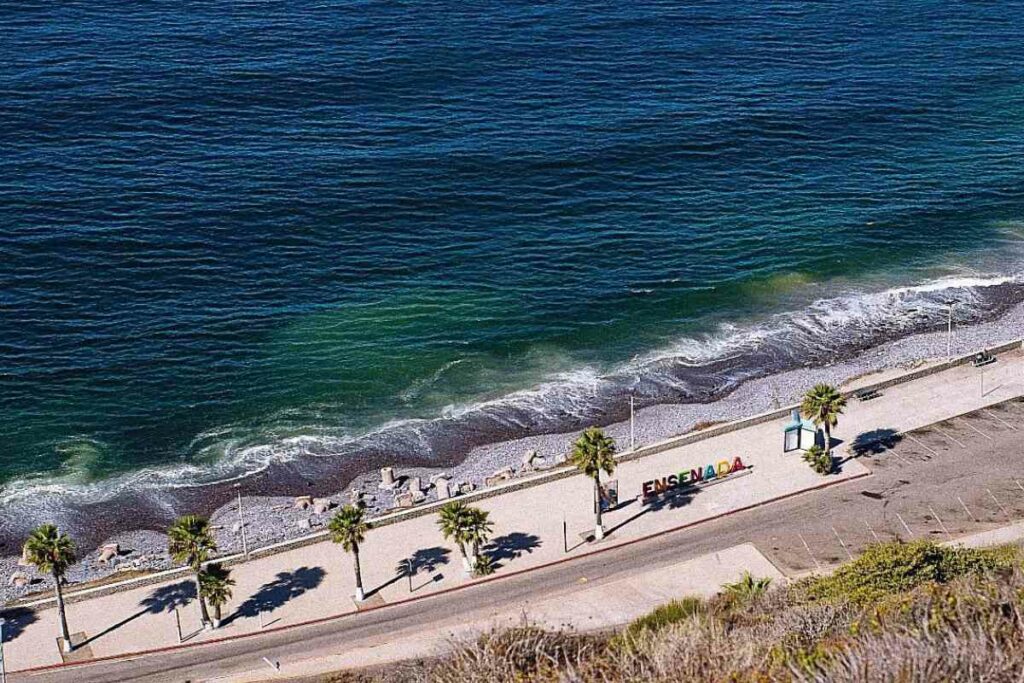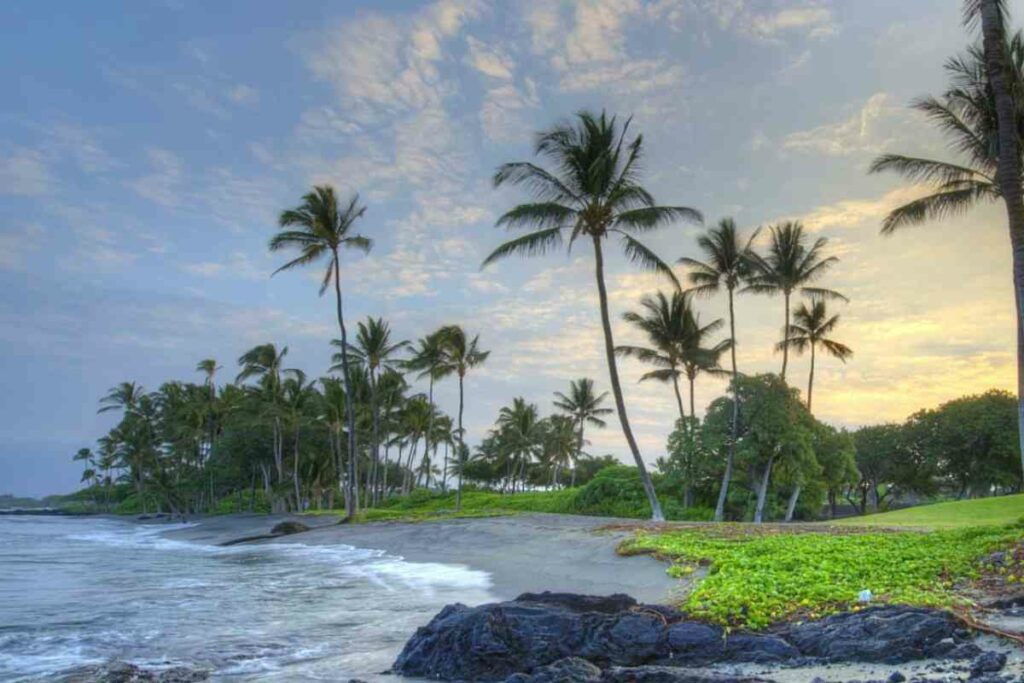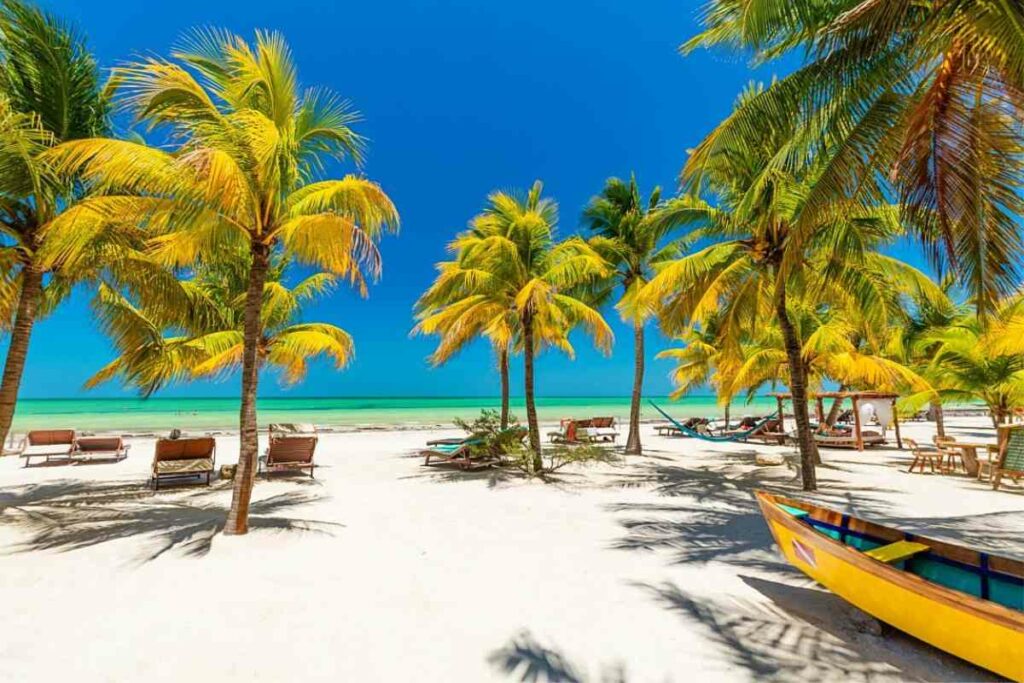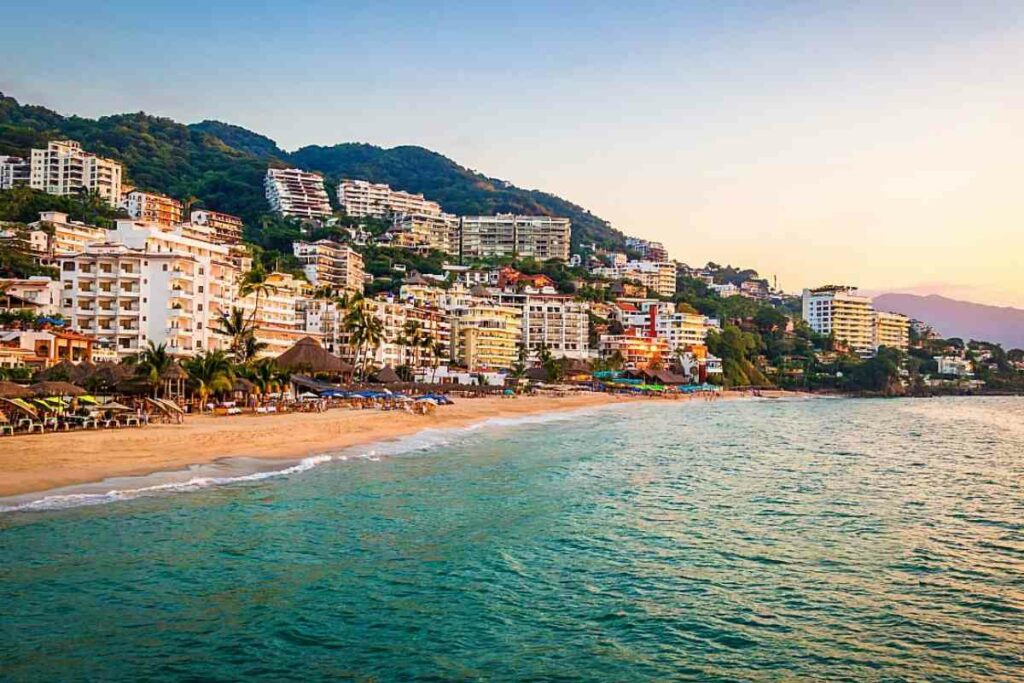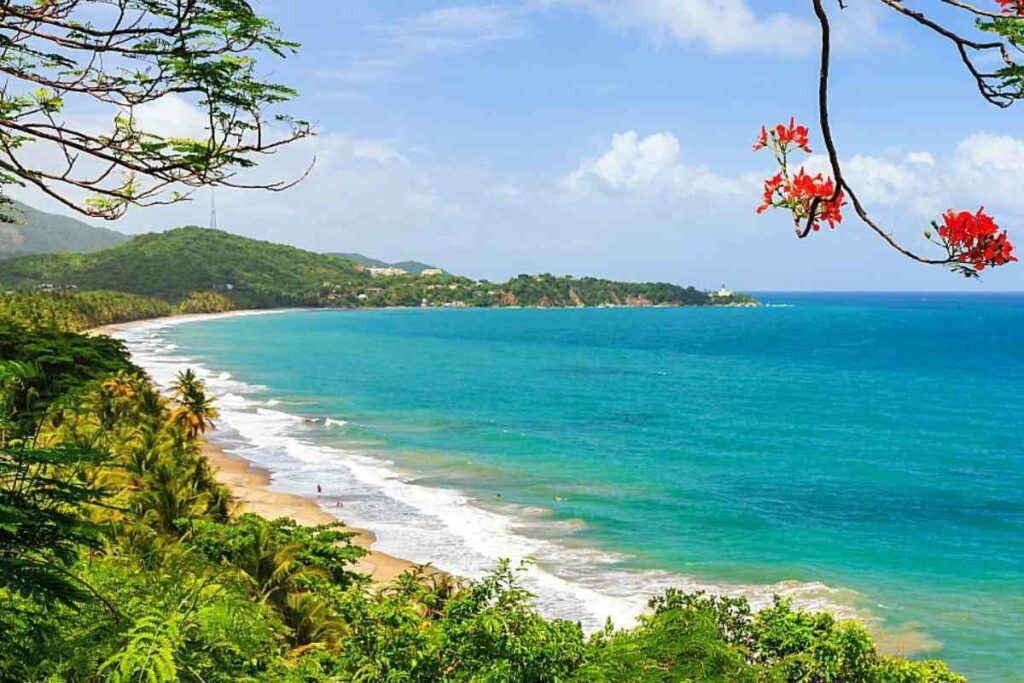Have you ever heard of a bothy? If you’re planning a trip to Scotland, it’s worth learning about this unique type of shelter.
A bothy is a basic shelter found in remote mountainous areas of Scotland, Northern England, Ulster and Wales. It’s usually left unlocked and available for anyone to use free of charge.
Bothies were originally used as basic accommodation for gardeners or other workers on an estate. Today, they are often used by hikers and outdoor enthusiasts as a place to rest and take shelter during long hikes or camping trips.
While bothies are fairly basic shelters, they offer a unique and authentic experience for those looking to explore Scotland’s rugged wilderness.
Key Takeaways
- Bothies are basic shelters found in remote mountainous areas of Scotland, Northern England, Ulster, and Wales.
- They were originally used as basic accommodation for estate workers, but today they are often used by hikers and outdoor enthusiasts.
- Bothies offer a unique and authentic experience for those looking to explore Scotland’s rugged wilderness.
Understanding Bothys
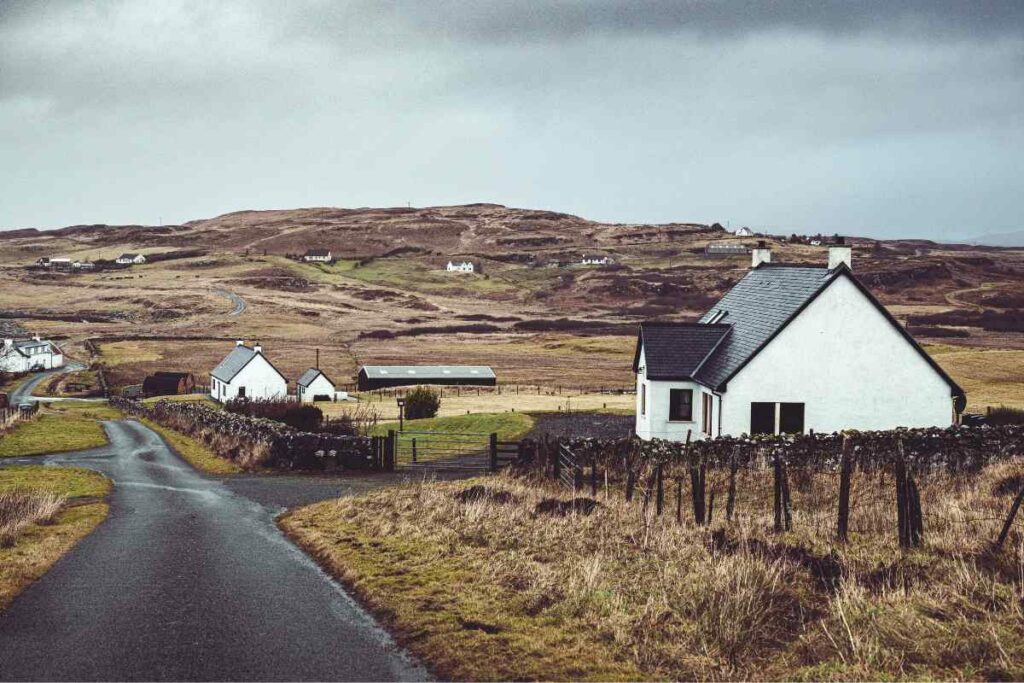
If you’re planning on exploring the Scottish wilderness, you may have heard of bothys.
Bothies are basic shelters that are usually left unlocked and available for anyone to use free of charge.
They’re a unique concept that has been a part of Scottish culture for centuries.
History and Origin of Bothys
The origin of bothys can be traced back to the Norsemen, who used these basic shelters as a place to rest and shelter from the harsh weather conditions.
Over time, bothys evolved into a place for shepherds, gamekeepers, and other outdoor workers to stay in while they worked in remote areas.
In the 20th century, bothys became more popular among hikers and outdoor enthusiasts who were looking for a free and unique place to stay while exploring the Scottish wilderness.
The Mountain Bothies Association (MBA) was founded in 1965 to help maintain and preserve these shelters.
The Unique Concept of Bothys
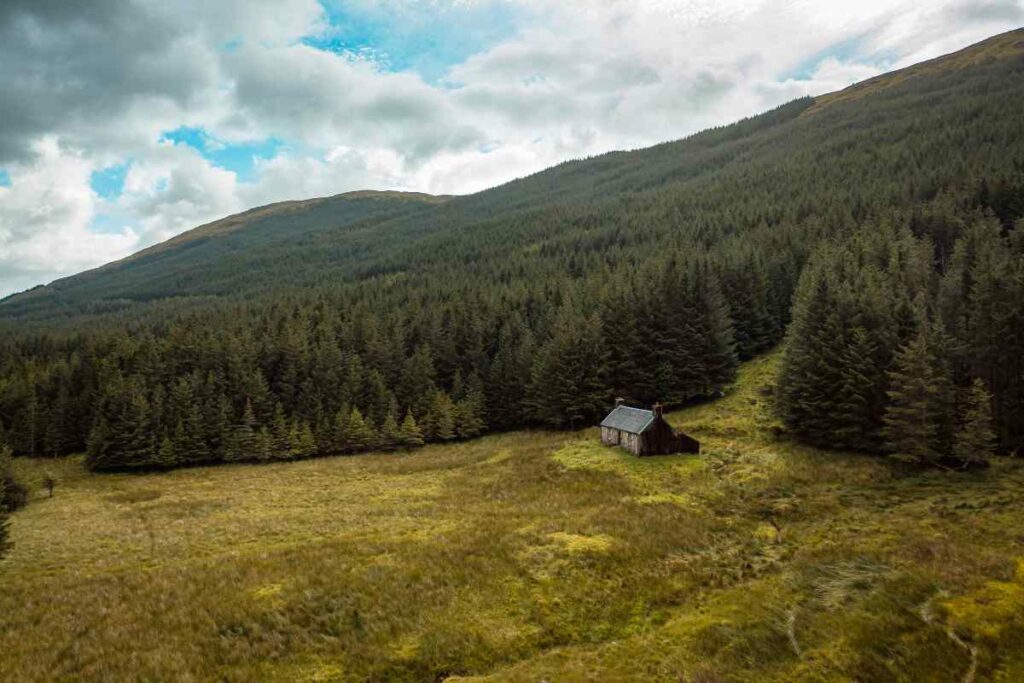
What makes bothys unique is that they are free and open to anyone. They’re usually located in remote areas, far from any roads or towns.
They’re basic, with no electricity, running water, or other amenities. However, they provide a warm and dry place to stay, with a roof over your head and a fireplace to keep you warm.
Bothies are maintained by volunteers, and visitors are expected to leave them clean and tidy for the next person.
They’re a great way to experience the Scottish wilderness and meet other outdoor enthusiasts.
Be aware, you can sometimes stay in a bothy alone for hours and days and then random people turn up through the night to also use the shelter. Everyone has equal rights to use it.
Bothys Around the World
When it comes to bothies, Scotland is definitely the most well-known location. However, bothies can be found in other regions around the world as well.
In this section, we will explore bothys in Scotland and other regions.
Bothys in Scotland
Scotland is home to a vast network of bothies that are maintained by volunteers. These shelters are scattered throughout the country, from the Western Highlands to the Northern Highlands.
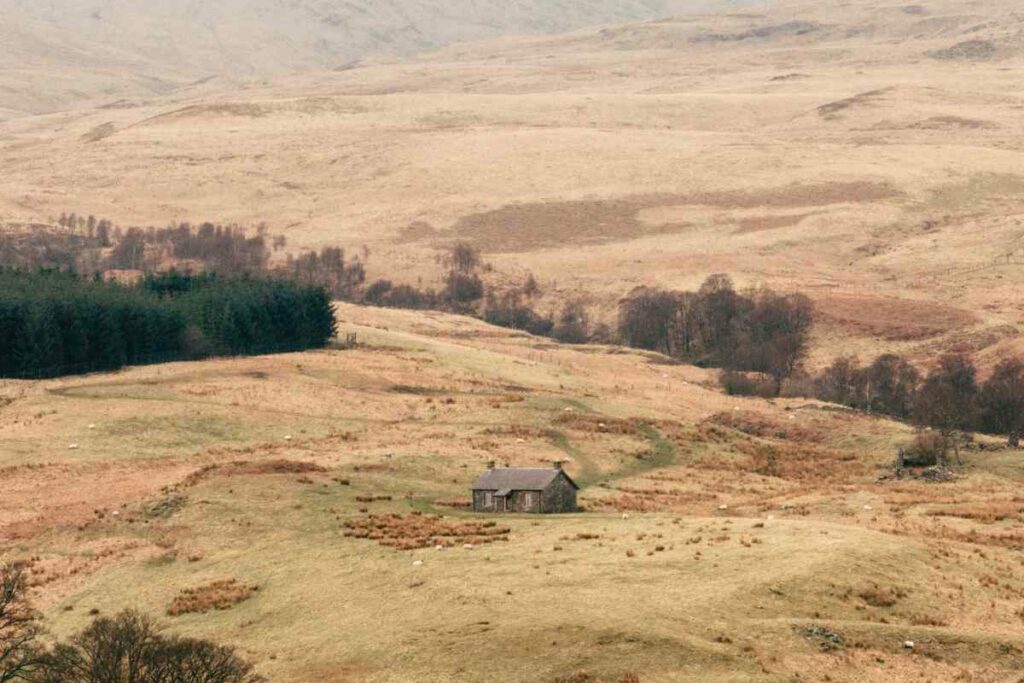
Bothies are typically located in remote areas and offer a refuge for hikers and backpackers who are exploring Scotland’s beautiful wilderness.
Scottish bothies are usually basic in nature and do not have any amenities such as running water or electricity.
However, they do offer a dry and warm place to sleep for free. Some bothies have a fireplace or stove for heat, but visitors are responsible for bringing their own fuel.
Visitors are also expected to leave the bothy in the same condition they found it in and to follow the bothy code.
Bothys in Other Regions
Bothies can also be found in other regions around the world. In Wales and Northern England, they are known as “huts” and are often used by hill walkers and climbers.
These huts are similar to Scottish bothies in that they are basic in nature and do not have any amenities.
In Ulster, bothies are known as “cottage ruins” and are often used by hikers and backpackers who are exploring the remote areas of the region. These bothies are typically located in abandoned cottages and offer a dry and warm place to sleep.
Bothies can also be found in other parts of the world, such as the Nordic countries. In these regions, they are known as “wilderness huts” and are often used by hikers and skiers who are exploring the remote areas of the region.
The Bothy Code and Rules
When staying in a bothy, it is important to follow the Bothy Code. This code is a set of guidelines that help us respect the bothy and the environment around it.
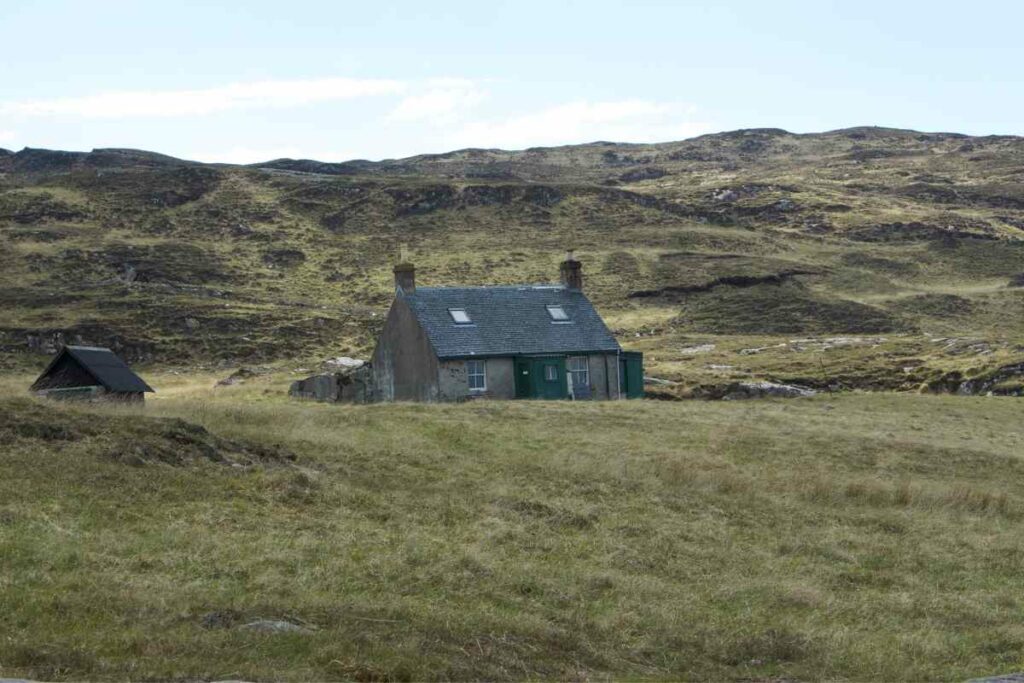
By following these guidelines, we can ensure that bothies remain open and available for everyone to enjoy.
Basic Rules and Restrictions
The Bothy Code outlines several basic rules and restrictions that we should follow when staying in a bothy.
These include:
- Leave the bothy clean and tidy for the next visitors. This means sweeping the floor, washing dishes, and taking any rubbish with you when you leave.
- Never leave a fire unattended and make sure it is fully extinguished before leaving the bothy.
- Respect other visitors’ privacy and space. If the bothy is full, be prepared to share the space with others.
- Do not damage the bothy or its contents. This includes not carving or writing on the walls, not removing any items from the bothy, and not damaging the surrounding environment.
Respecting the Environment
In addition to the basic rules and restrictions, the Bothy Code also outlines guidelines for respecting the environment around the bothy.
These include:
- Use a stove for cooking instead of lighting a fire outside the bothy. This helps prevent damage to the surrounding environment.
- Do not use soap in streams or rivers, as this can harm the wildlife and fish living in the water.
- Respect the wildland around the bothy. This means not disturbing any wildlife or plant life, and not leaving any litter or rubbish outside the bothy.
- Follow any specific restrictions on use that may be in place. For example, some bothies may have restrictions on the number of visitors or the length of stay.
By following these guidelines, we can ensure that bothies remain open and available for everyone to enjoy. Let’s do our part to respect the bothy and the environment around it.
The Bothy Experience
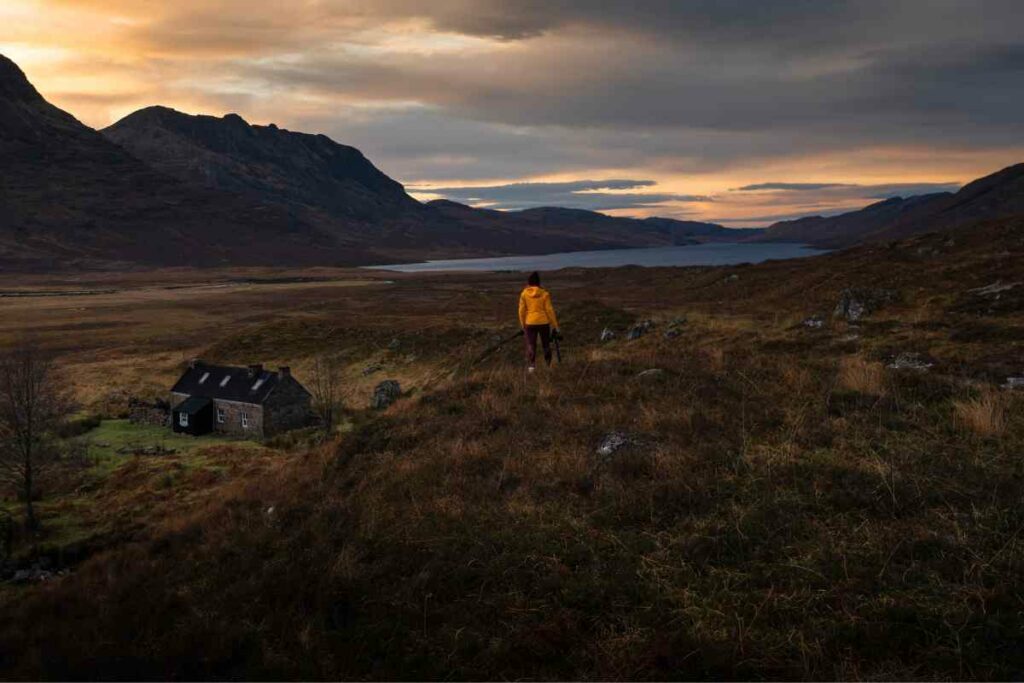
If you’re planning to hike in Scotland and want to experience sleeping outdoors, staying in a bothy is a great option.
Here’s what to expect and how to prepare for your bothy stay.
What to Expect
A bothy is a basic shelter in the wilderness that you can stay in for free. Most bothies have a sleeping area, a fireplace, and a basic kitchen area.
However, don’t expect any luxury amenities such as mattresses, showers, or toilets. You’ll need to bring your own sleeping bag, cooking equipment, and fuel. Check out our guide on Backpacking Quilt vs. Sleeping Bag to find out the main differences and which one you should get.
Bothies are usually located in remote areas, so you’ll need to hike to reach them. Make sure to wear appropriate hiking boots and bring enough food and water for your stay.
Take a look
Also, keep in mind that bothies are shared spaces, so you may have to share the sleeping area with other hikers.
Read later – 5 Castles To Rent In Scotland
Preparing for a Bothy Stay
Before you head to a bothy, make sure to research its location and check if it’s open. Some bothies are closed during certain times of the year or are undergoing maintenance.
You can find a list of bothies in Scotland on the Mountain Bothies Association website.
When packing for your bothy stay, make sure to bring the following items:
- Sleeping bag
- Sleeping pad
- Cooking equipment
- Fuel for cooking
- Water filter or purification tablets
- Headlamp or flashlight
- First aid kit
Read next
Make sure to leave the bothy clean and tidy when you leave. This includes sweeping the floor, cleaning the fireplace, and packing out all your trash.
Staying in a bothy is a unique and off-grid experience that allows you to connect with nature and other hikers. Just make sure to come prepared and respect the bothy and its surroundings.
Notable Bothys
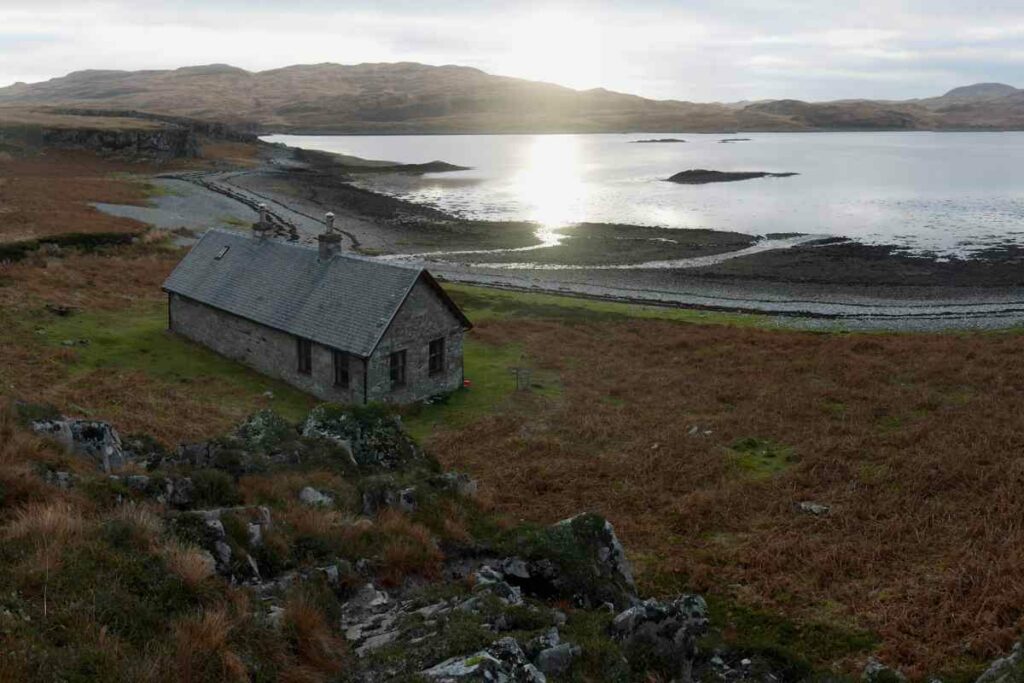
The Lookout and Kearvaig
When we think of bothys, we often think of rustic shelters in remote locations, and The Lookout and Kearvaig bothy are no exception.
Located on the northern coast of Scotland, The Lookout and Kearvaig bothy offer stunning views of the sea and surrounding landscape.
The Lookout is perched on a cliff overlooking the sea, while Kearvaig is nestled in a small bay. Both bothys are accessible only by foot, adding to their secluded charm.
Suileag Bothy
Suileag Bothy is located on the Isle of Skye, and is a popular destination for hikers and outdoor enthusiasts.
The bothy is situated at the base of the Suilven mountain, and offers stunning views of the surrounding landscape. The bothy is accessible by foot, and is a great place to rest and relax after a long hike.
Ben Alder Cottage
Ben Alder Cottage is located in the Lochinver area of Scotland, and is a popular destination for hikers and outdoor enthusiasts.
The bothy is situated at the base of the Ben Alder mountain, and offers stunning views of the surrounding landscape. The bothy is accessible by foot, and is a great place to rest and relax after a long hike.
Overall, there are many notable bothys in Scotland, each with their own unique charm and appeal. Whether you’re looking for a secluded getaway or a place to rest and relax after a long hike, a bothy in Scotland is the perfect destination.
Are Bothys Free?
One of the best things about bothies is that they are completely free to use. There is no need to book in advance, and you don’t need to pay a fee to stay.
Bothies are maintained by volunteers, and they are funded by donations. So, if you do use a bothy, it’s always a good idea to leave a donation to help with the upkeep of the building.
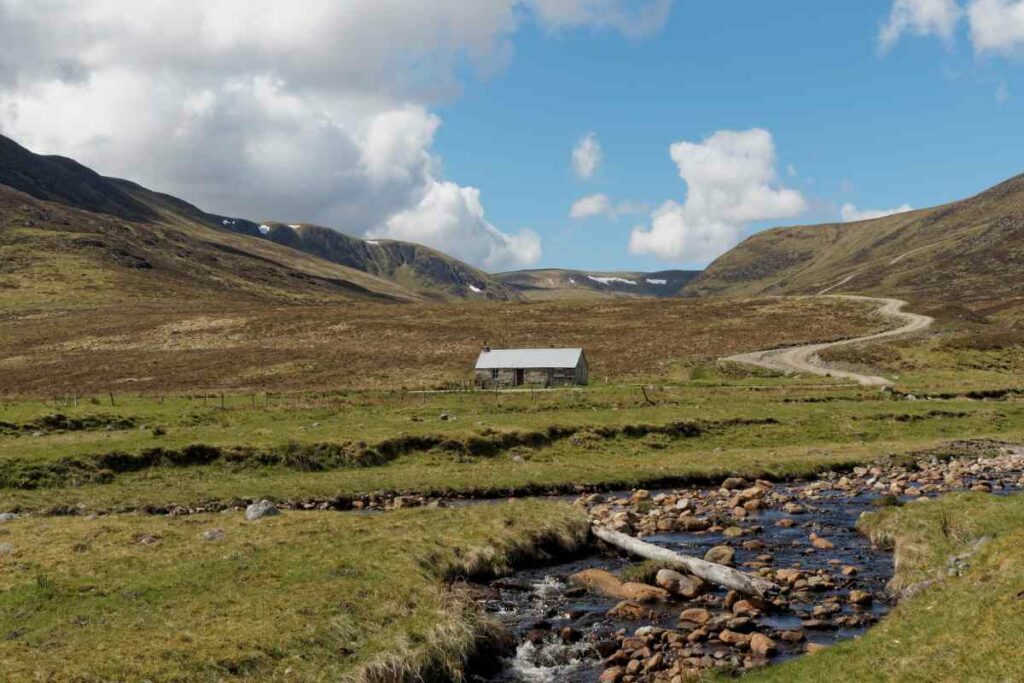
It’s worth noting that while bothies are free to use, there are some rules that you need to follow. For example, you need to leave the bothy clean and tidy when you leave, and you need to respect other people’s privacy.
Bothies are communal spaces, so it’s important to be considerate of others and to keep noise levels down.
Another thing to keep in mind is that bothies are basic shelters. You won’t find any luxuries here, and you’ll need to bring your own sleeping bag, food, and cooking equipment.
Some bothies have a fireplace, but you’ll need to bring your own fuel if you want to use it. Bothies also don’t have any running water, so you’ll need to bring your own supply or be prepared to collect water from a nearby stream.
Who Owns Bothys
Bothys are typically owned by private landowners or government organizations, such as the Forestry Commission or National Trust for Scotland.
However, some bothys are owned and maintained by charities, such as the Mountain Bothies Association (MBA), which was established in 1965 to take on the basic care and maintenance of some of these shelters, with the cooperation of the owners who sometimes help financially.
The MBA currently maintains over 100 bothies across Scotland, with the majority located in the Highlands and Islands.
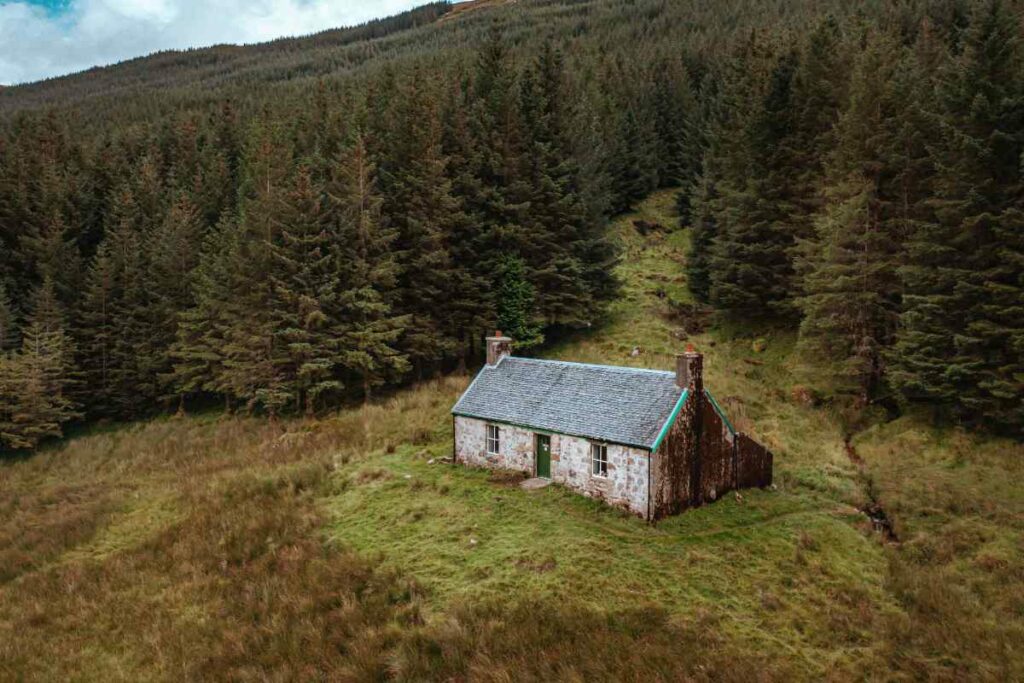
These bothies are free to use and open to all, although visitors are encouraged to respect the bothy and its surroundings by following the bothy code.
It’s worth noting that not all bothies are publicly accessible, and some landowners may choose to keep the location of their bothy a secret.
In 2018, several landowners received anonymous letters from hillwalkers demanding that bothy locations be made secret once again, but the MBA maintains that bothies should remain open and accessible to all.
Final Thoughts
In conclusion, bothies are an essential part of the Scottish outdoor experience. They provide shelter and a sense of community to hikers, climbers, and adventurers alike.
Whether you’re looking to escape the hustle and bustle of city life or just want to spend some time in nature, a bothy can be a perfect spot to rest your head.
While bothies may not offer all the amenities of a five-star hotel, they provide a unique and authentic experience that cannot be replicated.
Overall, we highly recommend that you add a bothy stay to your Scottish adventure itinerary.
It’s a fantastic way to experience the beauty of Scotland’s landscapes and connect with the local community. Just remember to be respectful, follow the bothy code, and enjoy your stay!
- Counting Down the Best Beaches in Ensenada
- Best Party Beaches in Florida – 13 Best Beach Destinations
- 6 Best Beaches In Kona for Swimming You Should Consider
- 4 Best Beaches In Holbox, Mexico (The Perfect Beach Getaway)
- 4 Best Beaches In Jalisco (Life’s Better at the Beach)
- The 5 Best Beaches In Rincon That Stole Our Hearts

